Sigma 28-70mm F2.8 DG DN Review
Dustin Abbott
February 24th, 2021
Sometimes lens makers surprise you. Most “connected” photographers have their own ideas of what a lens maker should do, and, as a gear reviewer, I typically hear most of those suggestions. But clearly lens makers often have a different roadmap, and Sigma’s latest lens release is clearly one that no one expected. I hear a lot of clamor for Sigma to release a 50mm F1.4 DN lens in the vein of their excellent 85mm F1.4 DN that I reviewed last year. Sigma has already released a 14-24mm F2.8 DN lens (my review here), a 24-70mm F2.8 DN lens (my review here), so the logical lens that most have expected is a 70-200mm F2.8 DN lens…but that’s not what we’ve got here. Sigma has instead chosen to release a second standard zoom for Sony FE (full frame E-mount) and Leica L – the Sigma 28-70mm F2.8 DG DN. Sigma asked if I wanted to test a new lens without telling me what it was, so, when the 28-70DN (as we’ll call it for brevity) arrived, my surprised expression looked pretty much like this:
I spent my first little while after opening the lens trying to wrap my mind around Sigma’s logic in releasing this particular lens…now. It’s only been 13 months since the release of the Sigma 24-70mm F2.8 DN, a lens I felt was a strong alternative in both performance and price ($1099 USD) to the much more expensive Sony G Master version ($2198 USD). The 28-70DN comes with a Contemporary badge rather than an ART designation, has a smaller size and zoom range, and also comes with a smaller price ($899 USD). We all like a lower price, sure, but it feels like you are giving up a lot for that $200 in price difference, including losing a significant 4mm off the wide end (24mm vs 28mm), trading a full dust and splash proof design for a one with minimal weather sealing (a gasket at the lens mount), and the loss of a focus hold button and zoom lock. Sigma is obviously banking on successfully addressing two different markets, and there’s no question that they have Tamron’s wildly successful 28-75mm F2.8 RXD in their sites (my review here). The Tamron has been the best selling lens in the world since its release a couple of years ago, and it is different enough in kind from Sigma’s 24-70mm F2.8 DN that Sigma clearly felt a more direct competitor was warranted.
I’ll bear this in mind in my review, and, since I own the Tamron (I use it regularly for my channel and also for its general purpose flexibility), I have the luxury of being able to do a number of direct comparisons to help you make an informed decision if you are deciding between the two lenses. You can see from the photo above that the Sigma manages to be smaller even than the Tamron (though it does give up 5mm of focal length on the zoom end), so that helps open up another potential angle of Sigma’s logic. We’ve seen Sigma dive into the more compact lens market in the past year with the i-Series (24mm F3.5, 35mm F2, 45mm F2.8, and 65mm F2 lenses, all of which I’ve reviewed and you can find in this playlist). These lenses addressed the reality that most of Sigma’s recent lenses have largely been well, large. Certain people love Sigma’s large aperture ART series lenses and their highly corrected optical performance, but others find them unnecessarily large and heavy. Sigma’s focus recently seems to be on addressing the secondary market of those who want good optical and build quality but want smaller, more compact lenses to pair with smaller cameras like the Sony a7C, the Sigma FP, or Leica SL2-S . The 28-70DN seems to be a zoom lens to compliment the compact prime lenses of the i-Series.
While the 28-70mm F2.8 DN has a smaller zoom ratio than competitors, there’s no question that this is still an incredibly useful zoom range…particularly in such a compact lens. You can shoot wide angle landscape shots like this:
…but you can also zoom in to short telephoto range to isolate subjects and create shallow depth of field photos like this:
That versatility is what makes such a lens so useful for so many things, and helps explain why the Tamron has sold so well at this same price point. Sigma clearly wants a piece of that success…but they’ll need to provide some compelling reasons to the choose the 28-70DN over the Tamron or their own 24-70mm F2.8. So join me as explore the highs and lows of this compact standard zoom for Sony or Leica. If you prefer to watch reviews, you can choose either the long-format definitive review or the shorter standard review.
Follow Me @ Patreon | My Newsletter | Instagram | Facebook | Twitter | Flickr | 500px
Sigma 24-70DN Build, Design and Handling
Part of Tamron’s success on Sony (particularly with their zooms) has come by choosing a slightly unconventional route. They’ve designed lenses that often have slightly reduced zoom ranges and eschew a lot of features in order to allow them to produce smaller, lighter, cheaper lenses that are still optically competitive (and sometimes better) than the much more expensive first party Sony lenses. Sigma has adopted a similar philosophy here, recognizing that by eliminating the traditional need for a standard zoom to go to 24mm, Sigma’s engineers would be freed to not only create a much smaller lens (the Sigma 24-70 DN, at 835g, is nearly 78% heavier than the 28-70DN!) but also to eliminate some of the frankly massive amount of barrel distortion we saw on the 24-70mm. Here’s a look at how the 28-70DN compares to some competing options (I’ve manually added the information for the 28-70mm since it isn’t available to retailers yet).
Up front we have a 67mm filter thread, which is much smaller than the 82mm filter thread we see on either the Sigma or Sony 24-70mm F2.8 lenses. This is a reflection of the much narrower 72.2mm diameter of the 28-70mm as compared to the 88mm of the 24-70mm lenses. The Tamron 28-75mm shares this smaller diameter (slightly larger at 73mm) and the 67mm filter size. The Sigma’s size advantage is more in the length, where it is a full 14mm shorter than the Tamron (103.5 vs 117.8mm). That could be the difference between a camera/lens combination fitting or not in your carrying solution if you prefer, say, a compact sling bag. That smaller size is noticeable even with the lens hood attached.
Both lenses include a plastic lens hood, and neither is particularly special, though I give a slight edge to the Sigma due to it have a little more texture variation (and style). Sigma has chosen to position the 28-70DN under the Global Vision division of “Contemporary”. Typically the lenses branded Contemporary carry Sigma’s lowest level of build, with Sport lenses given the most robust while Art lenses land in the middle. The build here is actually pretty decent, though, and is certainly on the level of the Tamron save that the 28-70DN only has a gasket at the lens mount as opposed to the Tamron’s thorough weather sealing with six internal seal points and a fluorine coating on the front element. The Sigma feels ever-so-slightly nicer in the hand, however, due to slightly more upscale materials on the barrel.
The 28-70DN loses a few features relative to the 24-70mm F2.8 DN. There is a single AF/MF switch, and we don’t have either a Focus Hold button or a zoom lock.
I didn’t necessarily miss the zoom lock button, though, as the damping on the zoom ring is excellent. I didn’t experience zoom creep at all, and zoom action is smooth and precise. There is no wobble in the inner barrel that extends out about 3cm when zoomed out to 70mm.
The manual focus ring also moves nicely. The focus ring is a “by-wire” system, meaning that input on the focus ring is electronically communicated rather than through a direct mechanical coupling. This means that input on the focus ring will not create any physical changes unless the lens is attached to a camera and powered on. The focus ring has a nice feel to it, and Sigma has done a good job emulating traditional manual focus.
The aperture iris has 9 rounded aperture blades, and this helps keep the aperture shape fairly circular when stopped down.
Here’s a look the geometry of bokeh highlights at F2.8, F4, and F5.6:
Another area that the Sigma mirrors the Tamron is the dual approach to minimum focus distances. Increasingly we are seeing a separate MFD distance for the wide and telephoto ends of lenses rather than just one. In this case, the two distances are 19cm on the wide end and 38cm at 70mm. The MFD on the wide end is a bit challenging, as it requires getting very close to the subject. Here’s what MFD at 28mm looks like in terms of camera position and then the magnification level:
You get a very high 0.30x magnification on the wide end, though as I often point out, accessing this is a little more difficult due to how close you have to be to your subject to achieve it. The Tamron 28-75mm shares the MFD but somehow achieves a slightly higher 0.34x, which is noticeably tighter.
What you can see with both lenses is distortion up close is exaggerated and there is field curvature, so you have a “sweet spot” of focus that you have to properly utilize. The Sigma has slightly more distortion, so this effect is more exaggerated. The Tamron also shows superior contrast and resolution close up at F2.8.
The Sigma can focus one millimeter close than the Tamron on the telephoto end (38 vs 39cm), but the Tamron has that extra 5mm of focal length, giving it a higher magnification level at 75mm:
In both cases, however, the higher magnification figure actually comes on the wide end. Sigma’s magnification at 70mm isn’t listed yet, but considering that the Tamron has a 0.25x at 75mm, I’m estimating the Sigma at roughly 0.22-0.23x. As before, the Tamron gives you better contrast and resolution at MFD on the telephoto end, though the Sigma is perfectly capable of giving you some lovely up close images.
I would have liked a more thorough weather sealing on the lens, but overall I quite like the build and handling of the 28-70 DN. I think it strikes a nice balance between size, weight, and build quality.
Sigma 28-70mm F2.8 DN Autofocus Performance
The Sigma 24-70DN utilizes a stepping focus motor (STM) that makes fast, quiet focus changes. If you watch the video review you can see/hear the focus motor during focus changes in video. It’s all good news, though, as the focus is quiet, focus pulls are accurate and smooth, and there is little to no hunting or settling. I saw minimal focus breathing during focus pulls on the wide end, though you can see a bit of size changing at the telephoto end. Nothing extreme, though.
A lens with a maximum aperture of F2.8 is fairly good in low light, though obviously not as good as lenses with even larger maximum apertures. In many cases, cameras will focus with the lens aperture wide open and then close it down to the preset aperture choice at the moment of capture. A lens with a smaller maximum aperture is going to be at a disadvantage in low light conditions because the physical aperture is smaller than alternative lenses, meaning that less light can reach the sensor. F2.8 is what I would call a “medium” maximum aperture, but it is wide enough that one should be able to shoot weddings or events with the lens and get solid results.
Under normal lighting conditions, though, I had no problems. I was able to “hit the nail on the head” even with an extremely shallow subject.
Eye AF works fine, too, though increasingly this is a foregone conclusion as the eye detect technology in Sony cameras has gotten so good.
I was fairly impressed with good focus in this up close shot mostly because of how low the contrast was on the subject.
I also had excellent AF even with an extremely strong backlighting to my subject. Focus locked on without hesitation for this shot.
My general purpose accuracy was also excellent. In fact, I have nothing negative to report on this front. Autofocus was fast, quiet, and accurate whether shooting stills or video. I shot a devotional episode for my church using the lens and didn’t see any hunting or unnecessary focus loss. Focus was solid in all the situations I shot with the lens…and that’s all you can ask for.
Sigma 28-70DN Image Quality
The optical formula is made up of 16 elements in 12 groups, including 2 FLD, 2 SLD, and 3 aspherical elements. These more exotic elements help achieve an excellent optical performance. This is a less complex optical formula than the 24-70 DN (19 elements in 15 groups), and that in itself helps expose the additional challenges of going to 24mm rather than 28mm. The optical performance (other than the up close performance noted earlier) is pretty strong across the board for most situations, though with a few minor missteps.
All chart tests done with a Sony a7RIII (42Mpx) using a tripod and a two second timer.
We’ll work through the chart results by first looking at distortion and vignette at 28mm.
The 28-70DN shows the typical shortcomings of a zoom lens. There is some obvious barrel distortion which is unfortunately not very linear, making a manual correction more difficult. We should see a profile for RAW images in the next Adobe update, though, and the lens will be corrected in camera for JPEGs and Video footage. There is considerably less distortion (+13 to correct) than the stronger barrel distortion of the 24-70mm DN (+21 to correct).
The Tamron 28-75mm is our winner here, showing considerably less (and less complex) distortion along with slightly less vignette that moves in a more linear pattern (easier to correct for). The Sigma needed near max settings (+95) to correct for vignette while the Tamron needed something more like a +50.
Distortion turns to pincushion variety at 70mm, though it’s a more linear distortion that corrects more easily. I used a -9 to correct the distortion and a +55 to correct for the vignette.
The vignette on the wide end is strong enough to be fairly obvious with the kind of snowy landscapes I have to shoot this time of year!
We can only call this an average performance; nothing to brag about.
So how about resolution and contrast? Here’s a look at my test chart:
And here are the crops from the center, mid-frame, and extreme corner at 28mm. Contrast and resolution are excellent across the frame, with no evidence of lateral chromatic aberrations near the edges.
This is obviously a very strong performance, and means that you aren’t really giving anything up optically when compared to the bigger, more expensive 24-70mm DN. And how about if we compare at 28mm to the similarly priced Tamron? In the center of the frame, the Tamron sports a little bit more resolution and contrast, but as you move out in the image circle the scenario reverses, with the Sigma being much stronger in the corners.
Stopping down to F4 boosts contrast and resolution, with levels reaching excellent even in the corners.
Here’s a real world test at F2.8 (I did correct for vignette), and you can see that the crops from the center and then the edge show little drop-off in performance.
As you might expect, real world landscape results are very strong. Good detail and contrast across the frame.
The same trend continues at 35mm, where results across the frame are similarly excellent, though the corners at F2.8 aren’t as good as at 28mm: Here’s a look at F2.8 and F4 in the center of the frame:
You can see what I mean if we look over at the corners. They are sharpening up by F4, so at landscape apertures everything will be nice and crisp.
50mm results are pretty much identical to 35mm, so we’ll skip over that and look at 70mm.
At 70mm the lens is weakest in terms of contrast, and the corners at F2.8 are slightly softer.
You can see that the lens doesn’t sharpen up as fast at F4, and it will take stopping down to F8 to see a similar level of performance in the corners as what we’ve seen at F4 previously. Use F5.6 and F8 at 70mm if you want good sharpness across the frame:
The Tamron at 75mm is slightly sharper and has better contrast in the center of the frame, but the Sigma looks better in the midframe and corner area. Which lens will perform better for you will really depend on how you use such a lens and how important corner performance at wider apertures is to you.
I was very impressed on the flare front. The lens’ coatings and optical formula are highly flare resistant, and I saw minimal ghosting and no loss of contrast in any of my tests. There can be a little prismatic veiling around the sun’s epicenter, but nothing destructive to the image at all. These shots show both wide open and stopped down performance.
That’s true even if I pan across the sun while shooting video. This is definitely a nice performance.
I saw minimal amounts of chromatic aberrations in my tests (either longitudinal or lateral). The longitudinal CA here is the worst I could find, and that is with bright morning sun shooting through ice crystals!
No one is going to have any kind of significant real-world issue with chromatic aberrations.
Bokeh is generally pretty good. Best case scenario with lenses like this is when you can get close at 70mm and highly defocus the background, but I thought bokeh looked fairly good at other distances, too.
Obviously you don’t have the same ability to produce massive amounts of bokeh like you would with an 85mm F1.4, for example, but lenses like this thrive by doing a little bit of everything fairly well. Use the lens to its strengths, and the 28-70DN will give you results you’ll be very happy with.
All in all, this is a strong performance. The chief competitor (the Tamron), can match the 28-70DN in the center of the frame, but the Sigma rules the corners. The Tamron gave the Sony 24-70mm F2.8 GM a pretty good run for its money, so that tells me that you are getting a strong performance out of this lens. It won’t be hard to get images you can be proud of out of this lens. You can see more by checking out the lens image gallery here.
Conclusion
The Sigma 28-70mm F2.8 DG DN is another solid lens from Sigma. No one has been quite as prolific as Sigma in producing new lenses for Sony and Leica over the past 24 months as Sigma. I’ve reviewed about a dozen new designs from them during that time, which is an average of a new lens every two months. They’ve built a Sony/Leica catalog in a hurry! I’m still not sure that I would have prioritized producing this particular lens when the audience is clamoring for other areas of greater need, but clearly Sigma saw things differently. I still want a 70-200mm F2.8 DN along with a 50mm F1.4 DN, but I suspect we will still see those in time. Meanwhile, those whose priority is to travel small and light and who want the flexibility of a zoom have gotten just that.
The 28-70DN is a jack of all trades, and does most things quite well. It has a nice build (though light on the weather sealing), great autofocus, and excellent image quality. It can shoot up close (like above) or you can step back and shoot the bigger scene:
There’s some give and take in performance between the Sigma 28-70DN and the well received Tamron 28-75mm F2.8 RXD lens, and the price difference on paper is minimal. The Tamron will likely benefit from more sales and markdowns, however, given that it has been on the market for a couple of years. so the gap in real world pricing might be more significant…at least for a while. But my experience says that there are some photographers who will buy a Sigma but not a Tamron and vice versa, so, at the least, this gives a Sigma option for those who want a small, light F2.8 standard zoom and prefer the Sigma brand. The Sigma 28-70mm F2.8 DN Contemporary is a compact, competent lens, but it remains to be seen if the market is actually looking for it.
Pros:
- Compact, lightweight lens with nice construction
- Includes some weather sealing at mount
- Fast, quiet autofocus
- Smooth and quiet video AF work
- High magnification figure
- Excellent flare resistance
- CA is well controlled
- Excellent sharpness and contrast across the frame even wide open
- Weight under 500g
Cons:
- Strong vignette
- Fairly complex barrel distortion
- Close up performance isn’t great
Gear Used:
Purchase the Sigma 28-70mm F2.8 DN @ B&H Photo | Amazon | Camera Canada | Amazon Canada | Amazon UK | Amazon Germany | Ebay
Buy DA Merchandise https://bit.ly/TWIMerch
Purchase a Sony a7C @ B&H Photo | Amazon | Camera Canada | Amazon Canada | Amazon UK | Amazon Germany | Ebay
Purchase a Sony a9M2 @ B&H Photo | Amazon | Camera Canada | Amazon Canada | Amazon UK | Amazon Germany | Ebay
Sony a9 Camera: B&H Photo | Amazon | Camera Canada | Amazon Canada | Amazon UK | Amazon Germany | Ebay
Sony a7RIV Camera: B&H Photo | Amazon | Camera Canada | Amazon Canada | Amazon UK | Amazon Germany | Ebay
Sony a7R III Camera: B&H Photo | Amazon | Camera Canada | Amazon.ca | Amazon UK | Ebay
Peak Design Slide Lite: Peak Design Store | B&H Photo | Amazon | Amazon Canada | Amazon UK
Sony a6500: B&H Photo | Amazon | Amazon.ca | Amazon UK | Ebay
Peak Design Leash Strap: Peak Design Store | B&H Photo | Amazon | Amazon Canada | Amazon UK
BenQ SW271 4K Photo Editing Monitor – B&H Photo | Amazon | Amazon.ca | Amazon UK
Adobe Photoshop Creative Cloud 1-Year Subscription
Exposure Software X6 (Use Code “dustinabbott” to get 10% anything and everything)
Visit Dustin’s Amazon Storefront and see his favorite gear

Purchasing your gear through B&H and these links helps fund this website and keeps the articles coming. You can also make a donation here if you would like. Visit my Amazon page for some of my gear of choice! Thank you for your support.
Great News! I can now offer a 5% discount on all purchases at Amplis Foto, Canada’s Leading Photographic Supplier. Please enter discount code: AMPLIS52018DA in your cart. It is good for everything in your cart, and is stackable with other coupons, too! It will take 5% off your entire order! Proceeds go towards keeping this site going and providing you with new reviews!
Check me out on: My Patreon | Sign Up for My Newsletter | Instagram | Facebook | Twitter | Flickr | 500px | Google+ |
Use Code “DUSTINHDR” to get $10 off ($15 CDN) any Skylum product: Luminar, Aurora, or AirMagic
Keywords: Sigma 28-70 DN, Sigma 28-70 F2.8, Sigma 28-70mm F2.8 DG DN, 28-70 DN Review, Review, Sigma 28-70 DN, DN, DG, 28-70mm, F2.8, Review, Tamron 28-75mm F2.8, Tamron 28-75, Review, Sony a7C, Review, Hands On, Dustin Abbott, Real World, Comparison, Sharpness, Bokeh, Flare Resistance, Autofocus, Image Quality, Sample Images, Video, Photography, Sony a9, sony a7III, sony a7RIII, a7R3, Leica L
DISCLAIMER: This article and description contains affiliate links, which means that if you click on one of the product links, I’ll receive a small commission. As an Amazon Associate I earn from qualifying purchases.












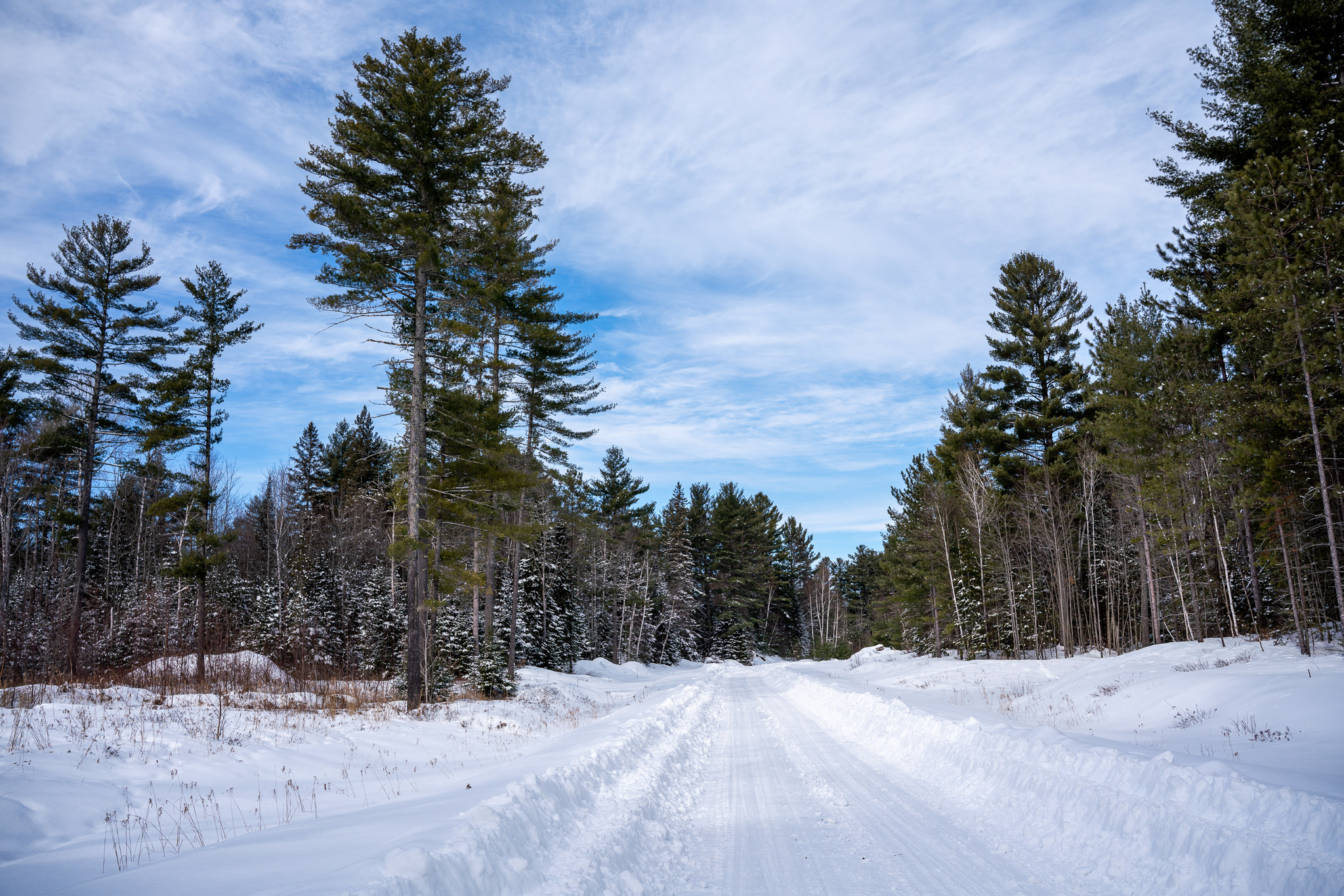

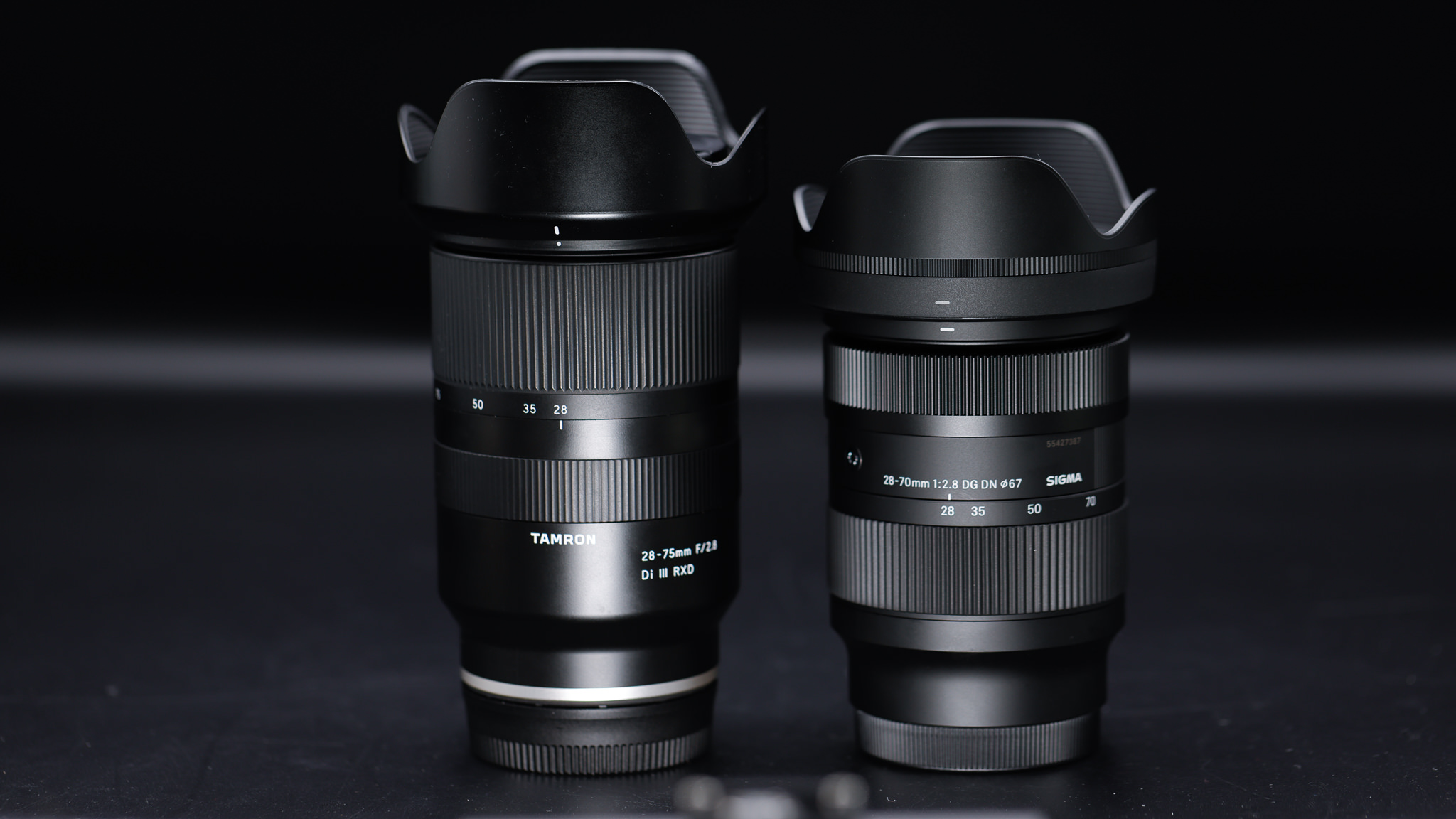

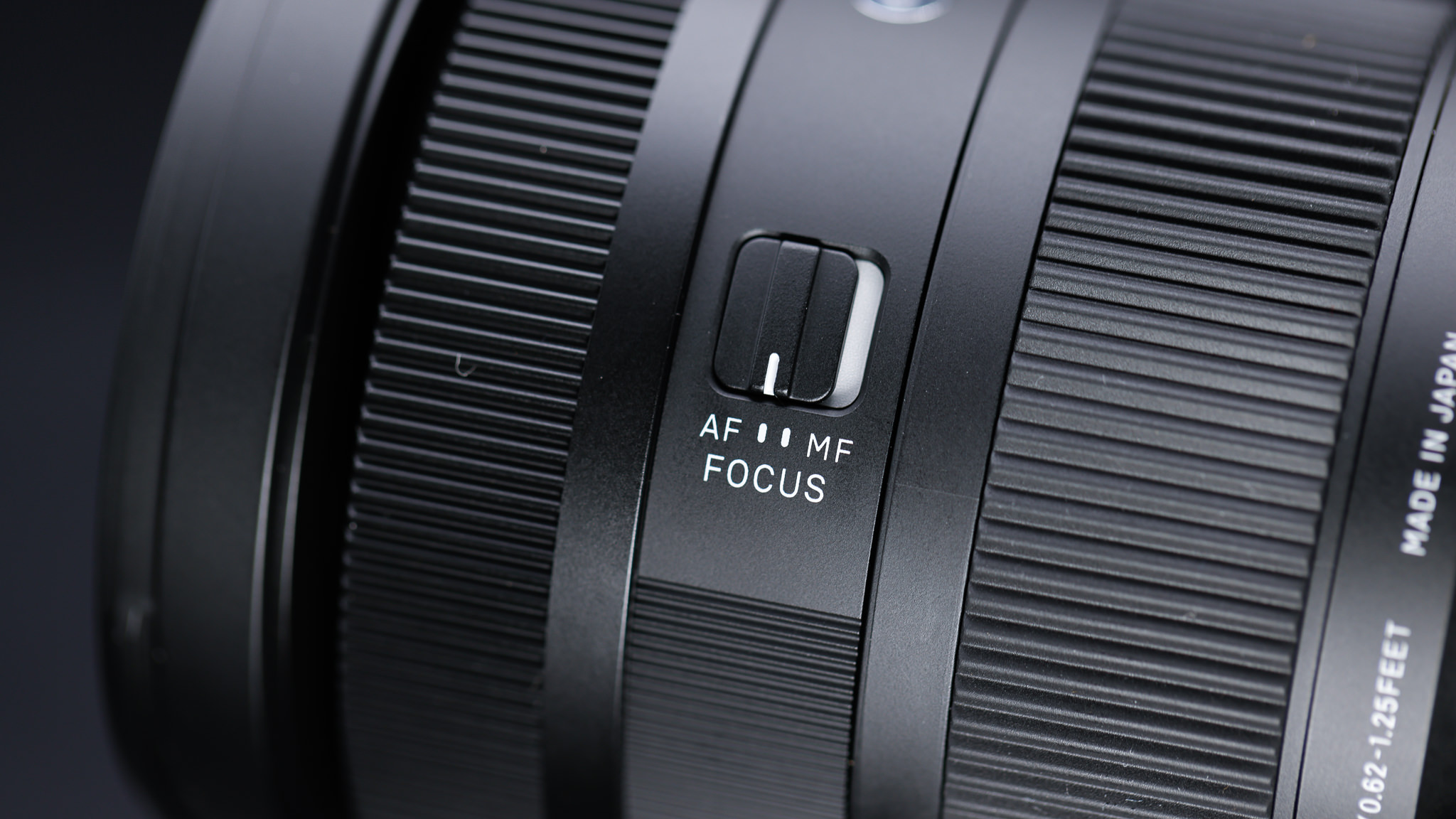
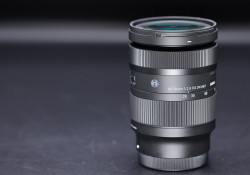
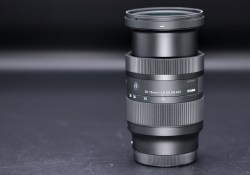
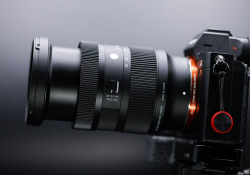




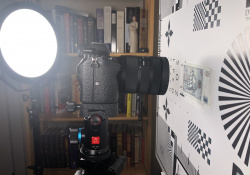


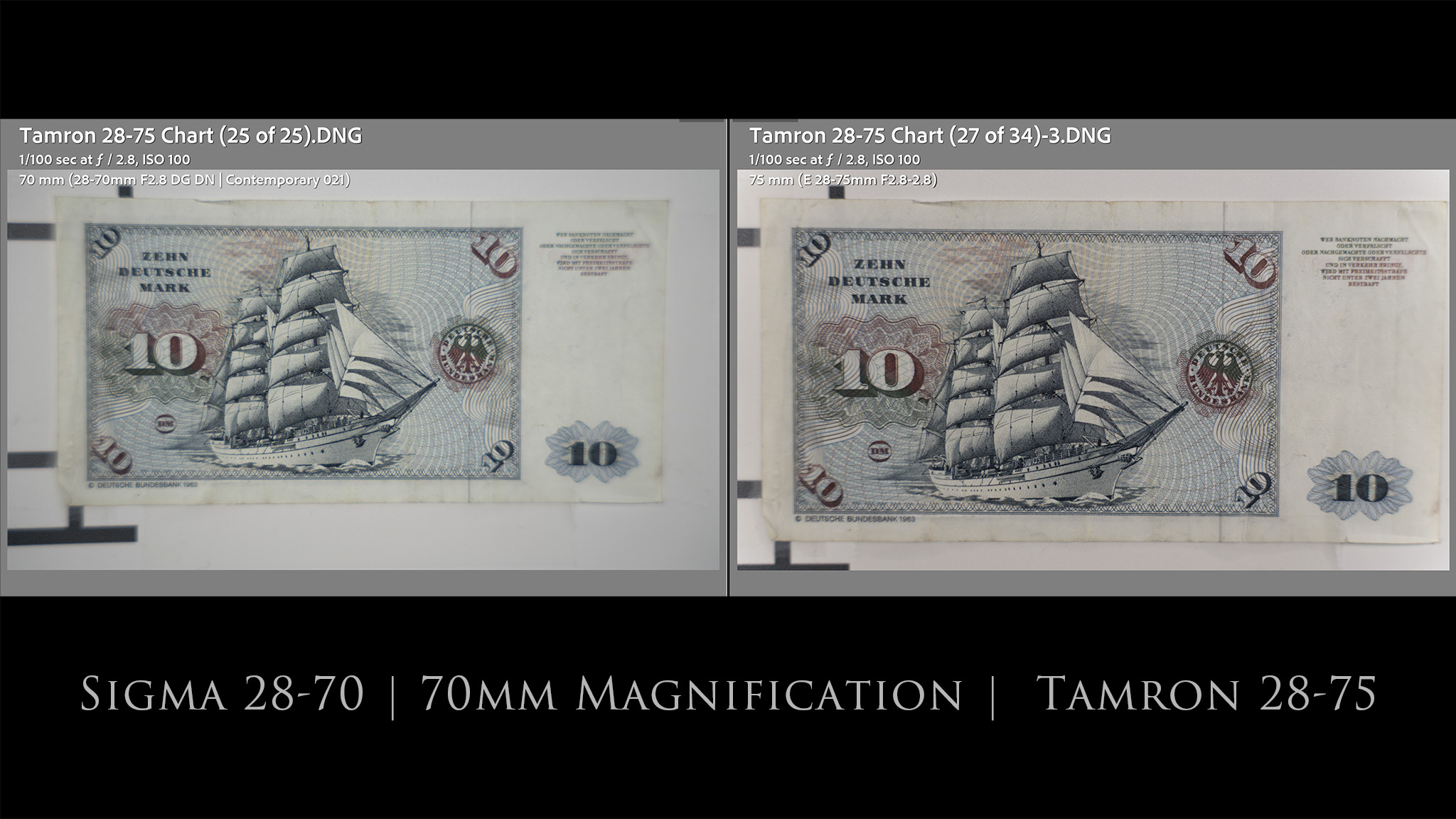

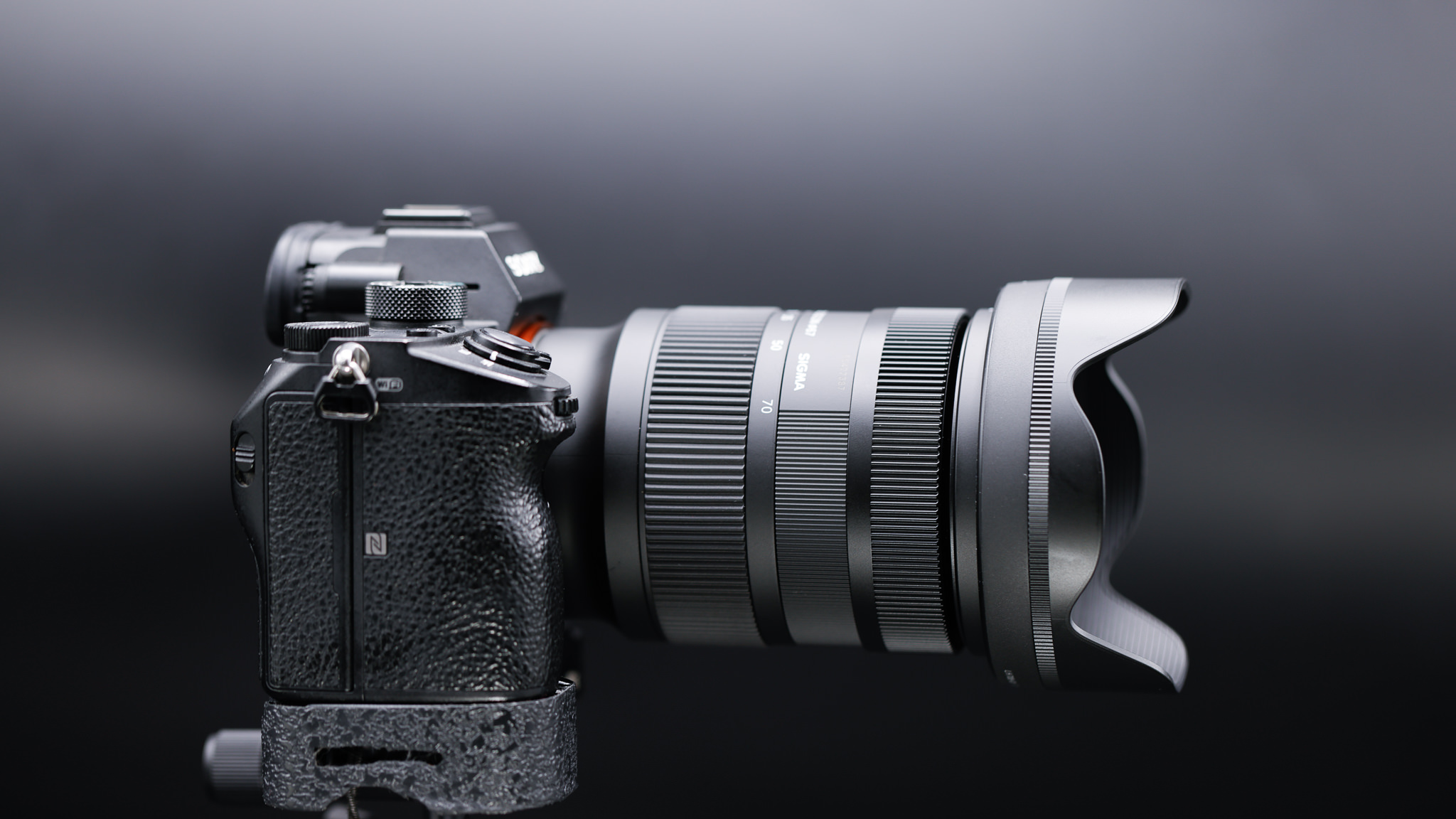





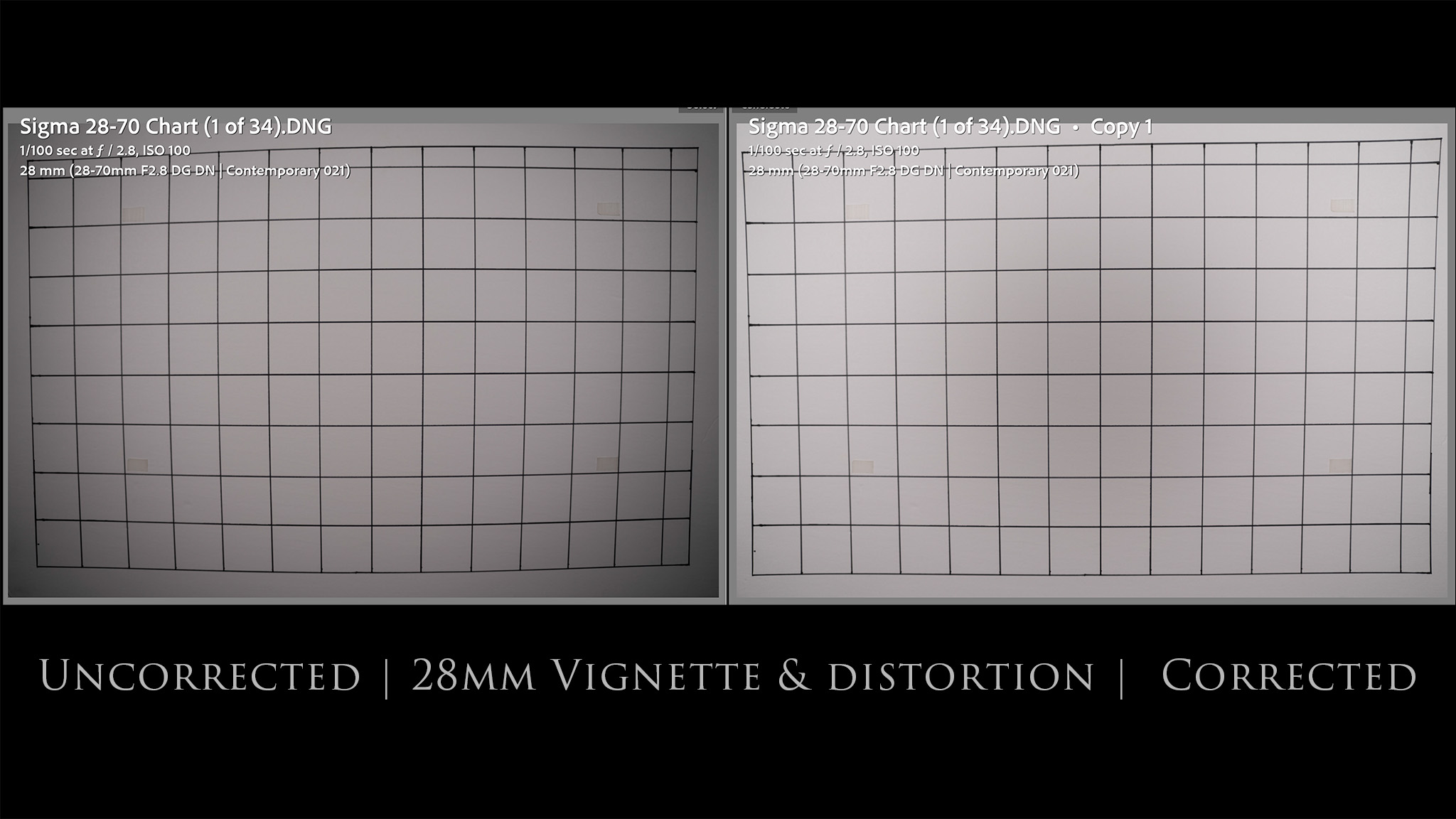
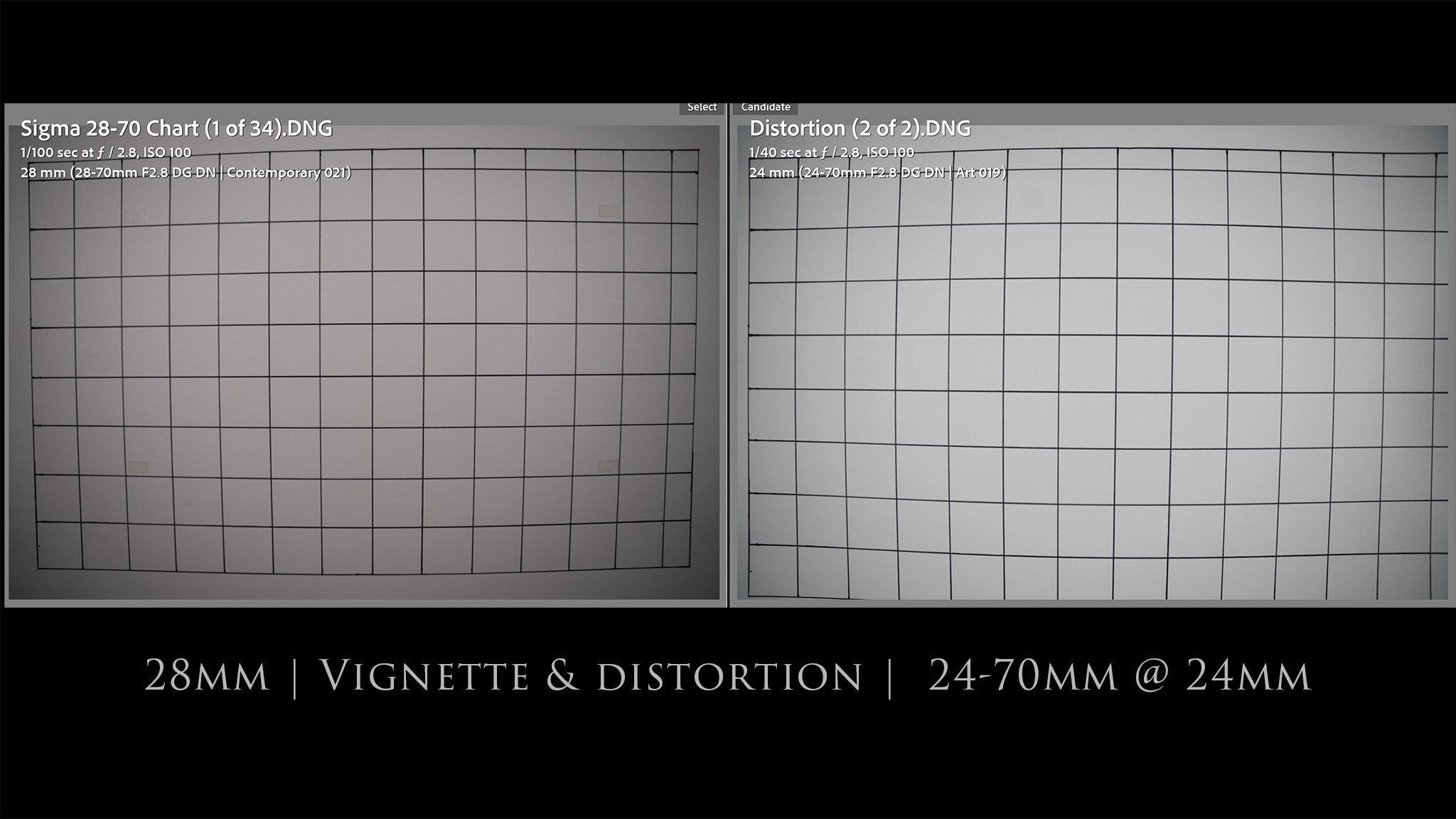
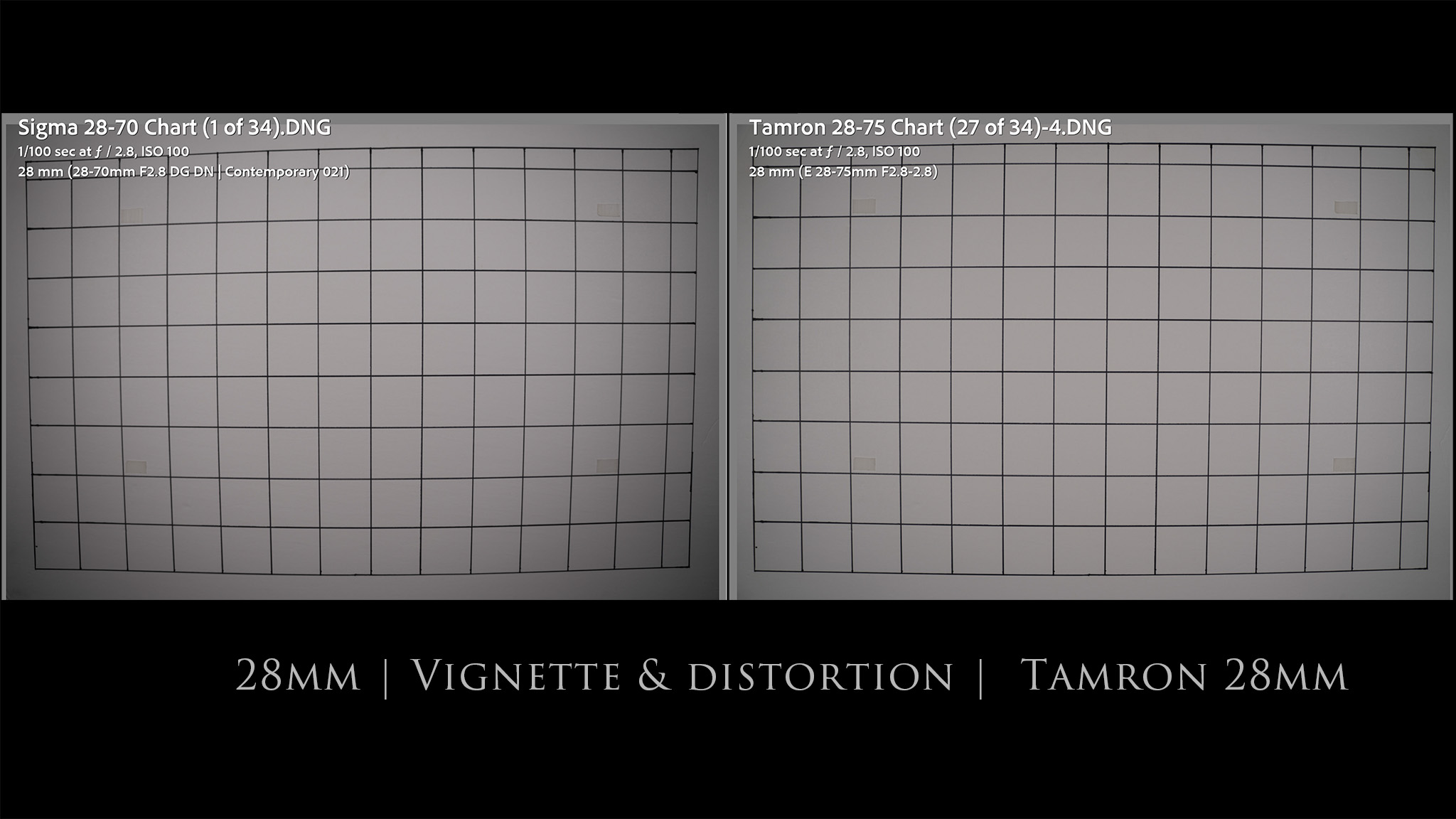

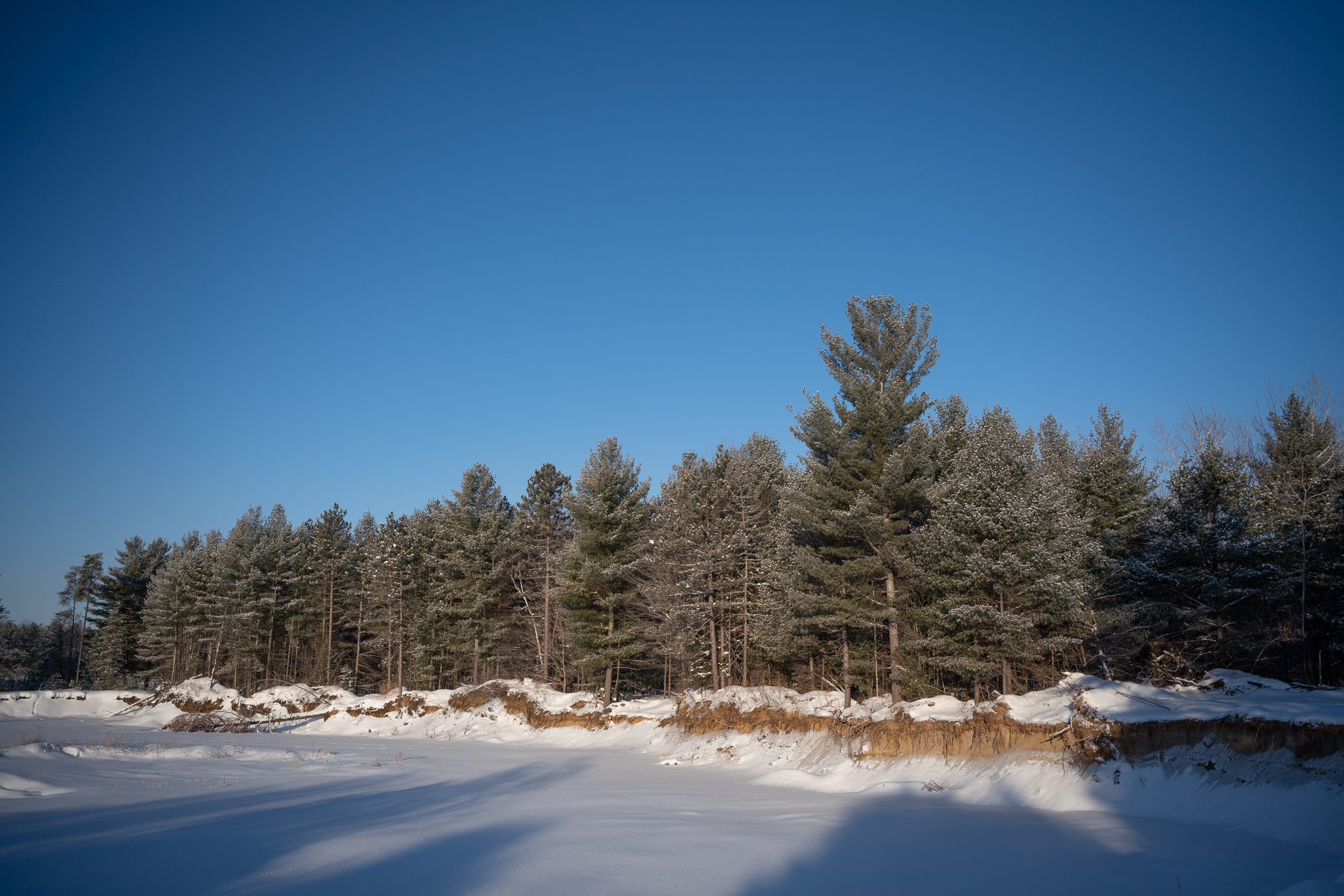
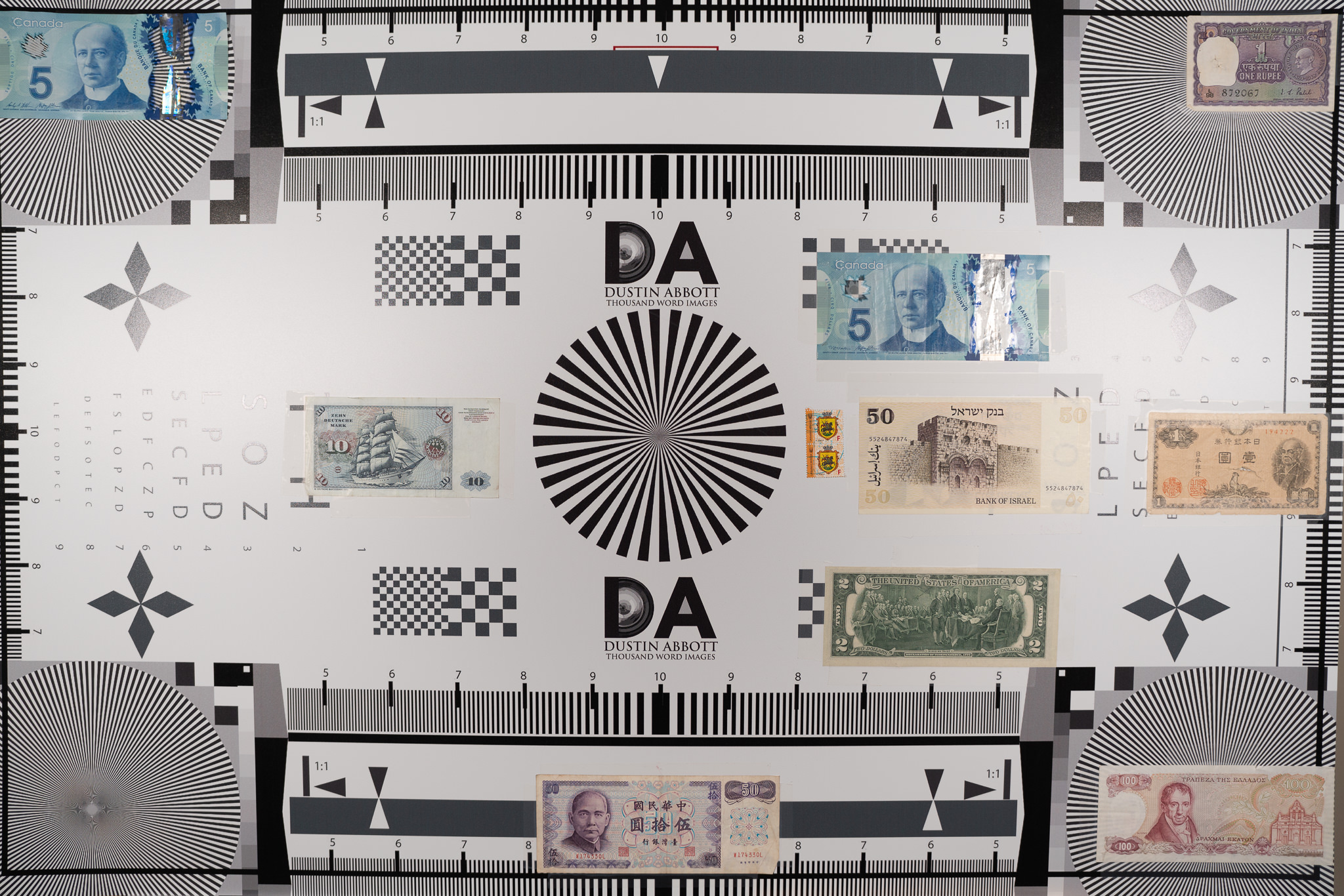
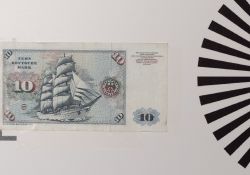


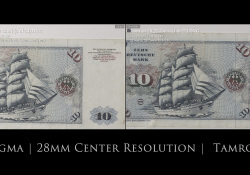
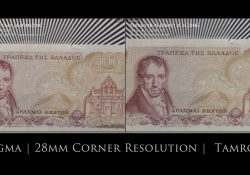

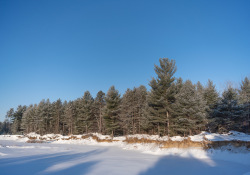





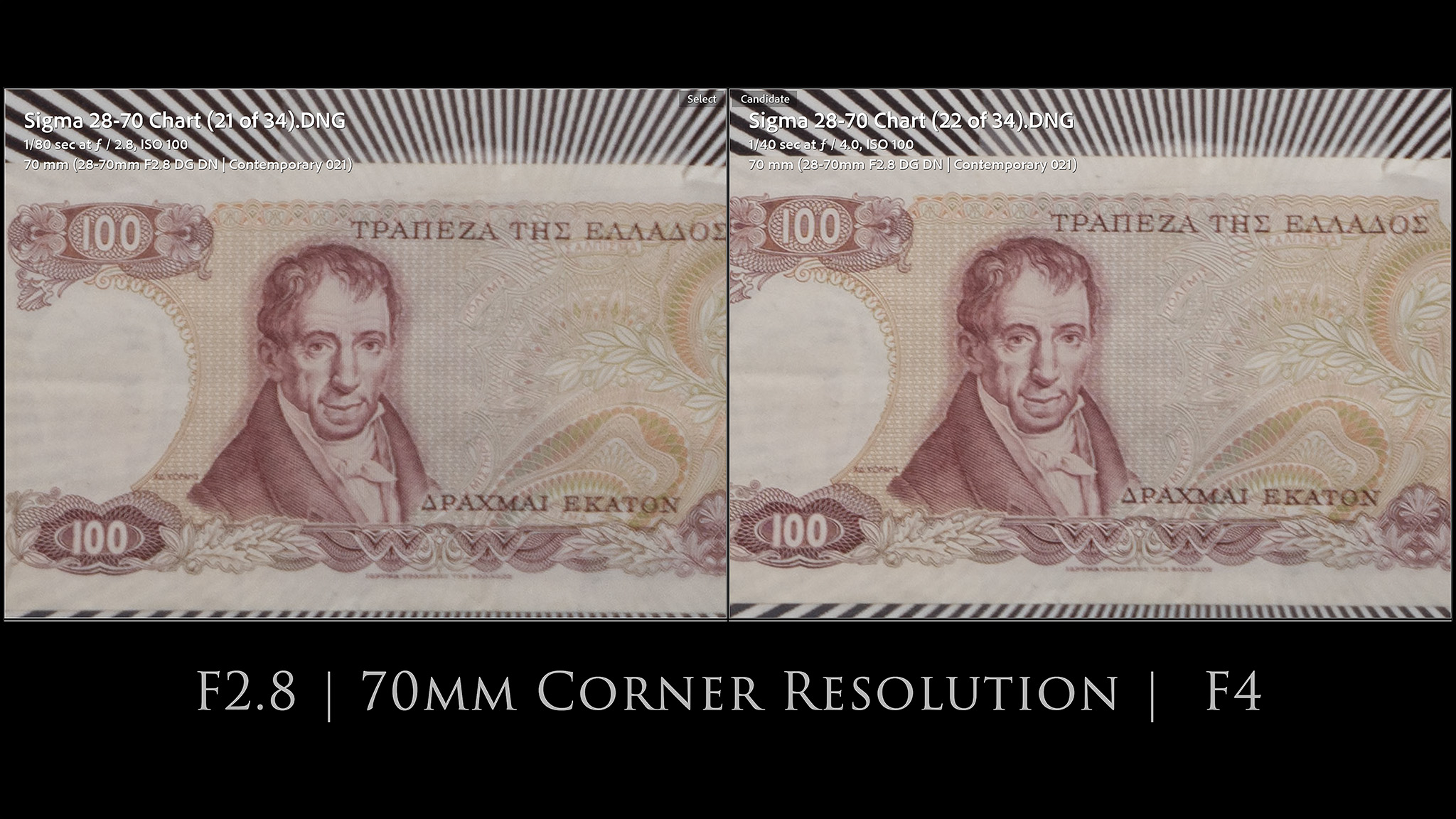
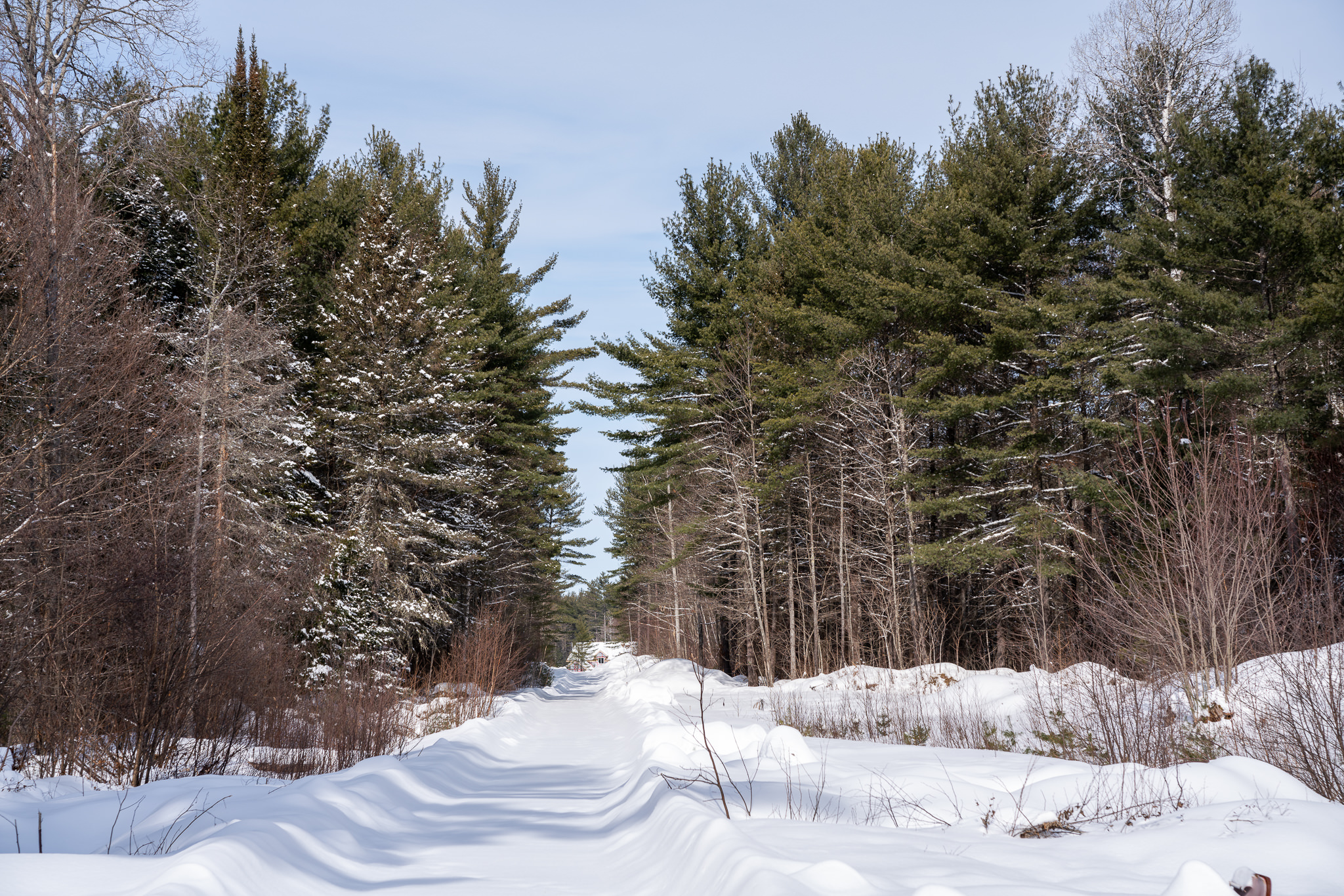
















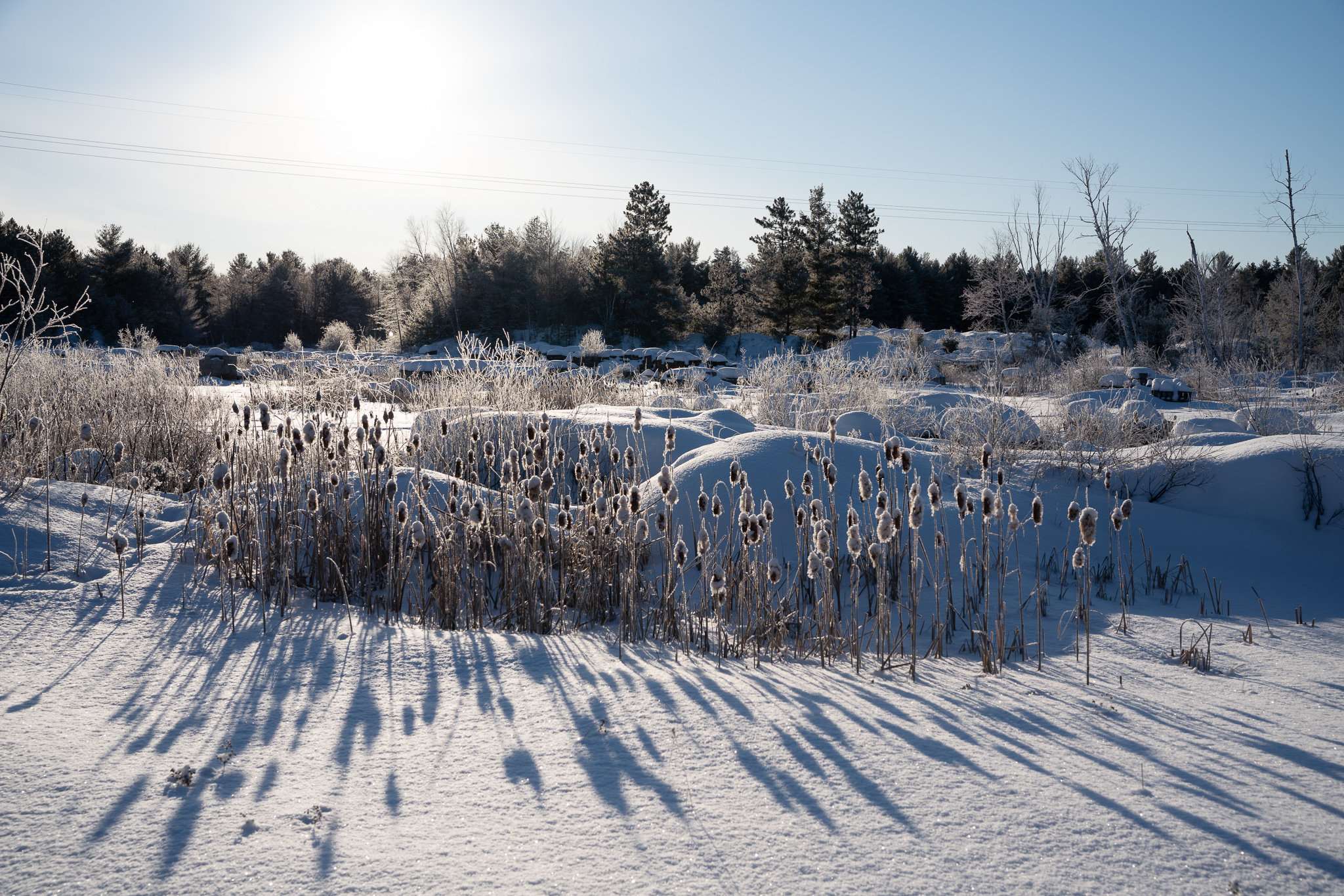





 GOOVIS ART Head Mounted Display Review
GOOVIS ART Head Mounted Display Review 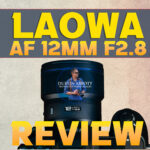 Laowa AF 12mm F2.8 Zero D Review (Z-Mount)
Laowa AF 12mm F2.8 Zero D Review (Z-Mount)  Nikkor Z 35mm F1.2 S Review
Nikkor Z 35mm F1.2 S Review  Kase AF 85mm F1.4 Review
Kase AF 85mm F1.4 Review 


